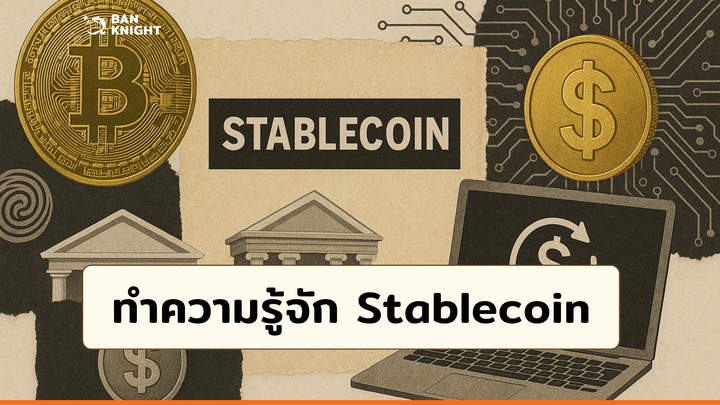What is Hash Rate?

How the Core Mechanism of Crypto Mining Works in 2025
As blockchain technologies continue to evolve, one concept plays a critical role in network security and transaction verification: hash rate, also known as the hashing power. Especially in Proof of Work (PoW)-based cryptocurrencies like Bitcoin, this metric is at the heart of the system. In this article, we explore in detail what hash rate is, how it works, and why it has become so important as of 2025
What is Hash Rate?
Hash rate refers to the number of hashes that a mining device or network can generate per second. A hash is a fixed-length alphanumeric output corresponding to a specific input, produced using cryptographic algorithms. During the mining process, devices continuously attempt numerous computations to find a hash that is below a certain target value. This process is essentially a form of digital codebreaking.
In short, hash rate indicates how fast a device can perform these computations. The higher the hash rate, the greater the miner's chance of successfully creating a new block and earning a reward.

How is Hash Rate Measured?
Hash rate is measured in h/s (hashes per second). Since modern mining systems can perform millions, billions, or even trillions of hashes per second, the measurements are typically expressed with the following prefixes:
- Kilohash per second (KH/s): Thousand hashes per second
- Megahash per second (MH/s): Million hashes per second
- Gigahash per second (GH/s): Billion hashes per second
- Terahash per second (TH/s): Trillion hashes per second
- Petahash per second (PH/s): Quadrillion hashes per second
- Exahash per second (EH/s): Quintillion hashes per second
As of 2025, the Bitcoin network has reached a hash rate of approximately 520 EH/s. This means that 520 quintillion different hash combinations are attempted every second.
What is the Purpose of Hash Rate?
Hash rate serves three essential functions:
- Transaction Verification: Hash functions ensure the accuracy and integrity of transactions on the blockchain.
- Block Generation: In PoW algorithms, miners must find a valid hash to generate a new block. The fastest one to do so earns the reward.
- Network Security: A high hash rate makes it difficult for malicious actors to control the network. Attacks like the 51% attack become nearly impossible on networks with high hash rates.
The Role of Hash Rate in Bitcoin Mining
The Bitcoin network is designed to produce one new block approximately every 10 minutes. To maintain this timing, the mining difficulty is automatically adjusted based on the total hash rate of the network. When more miners join the network and the total hash rate increases, the difficulty of finding a valid hash also increases.
This mechanism helps keep the network stable and ensures consistent transaction flow.
Historical Development of Hash Rate
In Bitcoin’s early years, the hash rate was extremely low. In 2009, only a few individuals mined Bitcoin using their personal computers. As interest in mining grew, more powerful hardware was developed. First GPUs, then ASIC devices (Application-Specific Integrated Circuits), were introduced to meet the rising demand.
Key Milestones:
| Year | Average Hash Rate | Explanation |
|---|---|---|
| 2010 | < 1 MH/s | Blocks mined with CPUs |
| 2013 | 1 TH/s | GPU mining became widespread |
| 2016 | 1 PH/s | ASICs dominated the market |
| 2020 | 100 EH/s | Rise of industrial-scale mining farms |
| 2025 | 520 EH/s | Peak of competition and hardware power |
Relationship Between Hash Rate and Mining Profitability
Hash rate directly impacts mining profitability. Devices with higher hash rates can solve blocks faster, resulting in more block rewards and transaction fees. However, hash rate alone is not enough; power consumption, cooling efficiency, and electricity costs must also be considered.
Example:
In 2020, a 100 TH/s ASIC miner could be profitable, but by 2025, that same device has become nearly obsolete due to the significantly increased network difficulty.
This makes it essential for miners to continuously upgrade and renew their hardware.
Why Does Hash Rate Keep Increasing?
- Rising Competition: More miners means more devices are deployed.
- Hardware Improvements: Newer ASICs have significantly higher hashing capacity than older models.
- Institutional Entry: Large data centers and energy companies are establishing mining farms, scaling the network.
- Price Incentive: As Bitcoin's price rises, mining becomes more attractive, which further boosts the hash rate.

Importance of Hash Rate for Other Cryptocurrencies
Many cryptocurrencies other than Bitcoin also use the PoW algorithm. Projects like Litecoin, Dogecoin, and Kaspa still rely on hash rate for network security and transaction integrity. Each network may use a different hashing algorithm (e.g., SHA-256, Scrypt, RandomX), so the hash rate must be evaluated on a per-network basis.
Common Misconceptions About Hash Rate
- "Higher hash rate = more profit" seems correct but can be misleading if power consumption and hardware costs are not taken into account.
- "More miners is always better" is partially true, but it means block rewards get divided among more participants.
- "All miners work independently" is incorrect. Most miners join mining pools to increase their chances of earning rewards.
2025 and Beyond: The Future of Hash Rate
AI-enhanced mining algorithms, liquid-cooled hardware, and renewable energy-powered mining farms are expected to further increase the hash rate. However, this growth may also raise concerns about centralization, environmental impact, and regulatory scrutiny.
Conclusion
Hash rate is not just a technical term in the crypto world—it's a key indicator of network security, hardware innovation, and the economic viability of mining. As of 2025, understanding hash rate is critical not only for miners but also for investors, developers, and everyday users.
This concept, which directly influences security, transaction speed, and block production, holds the key to truly understanding what’s happening across the crypto ecosystem



Comments ()